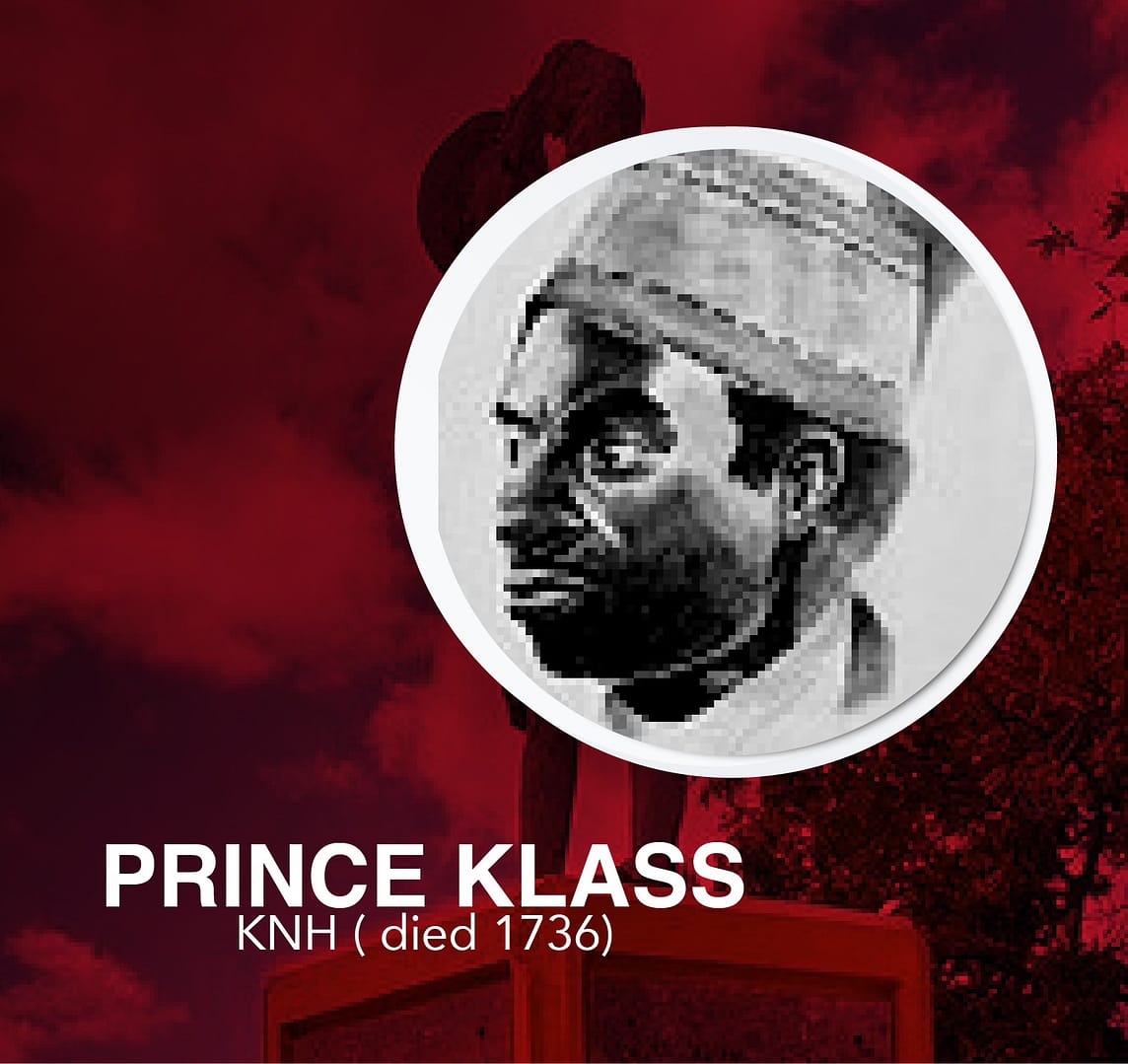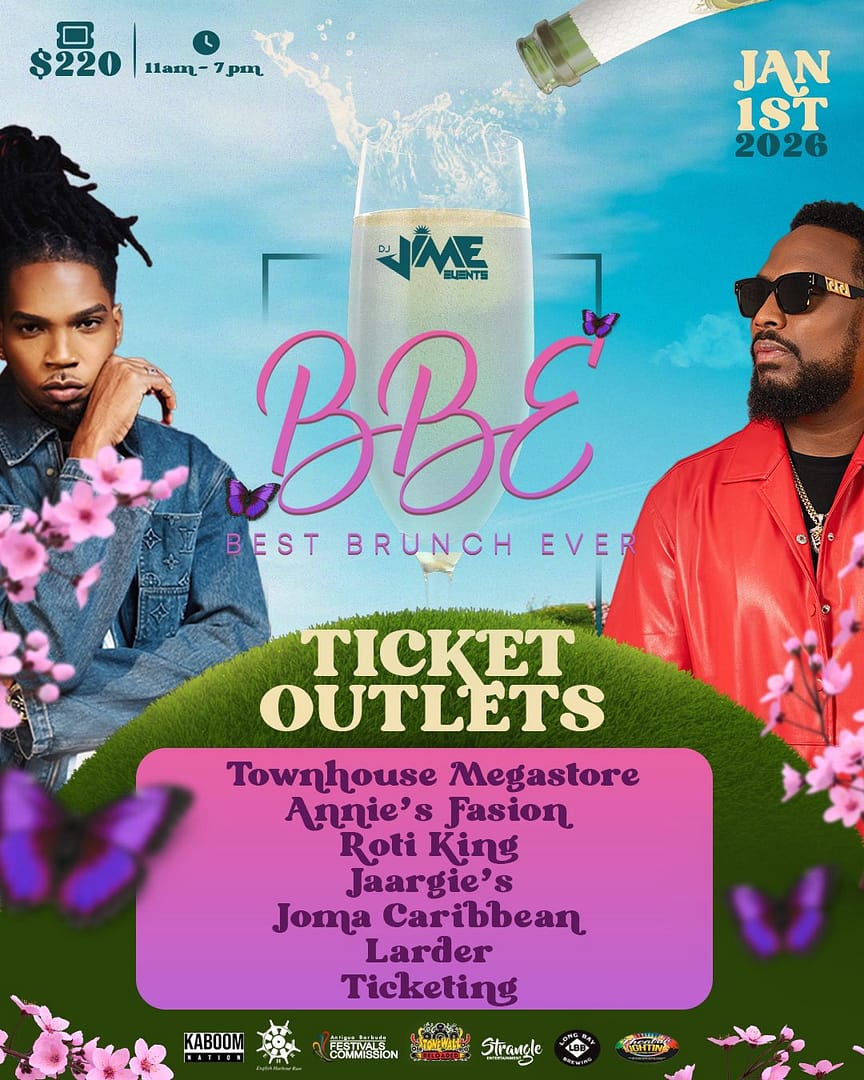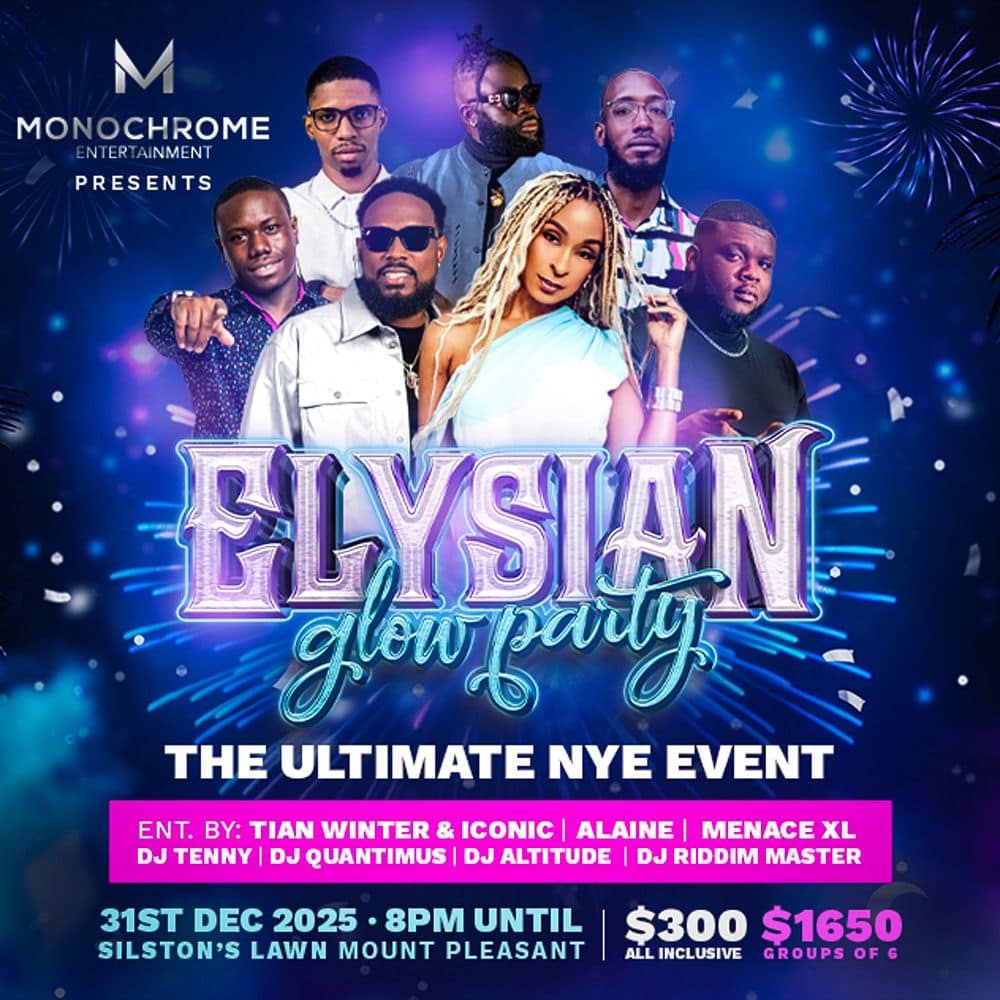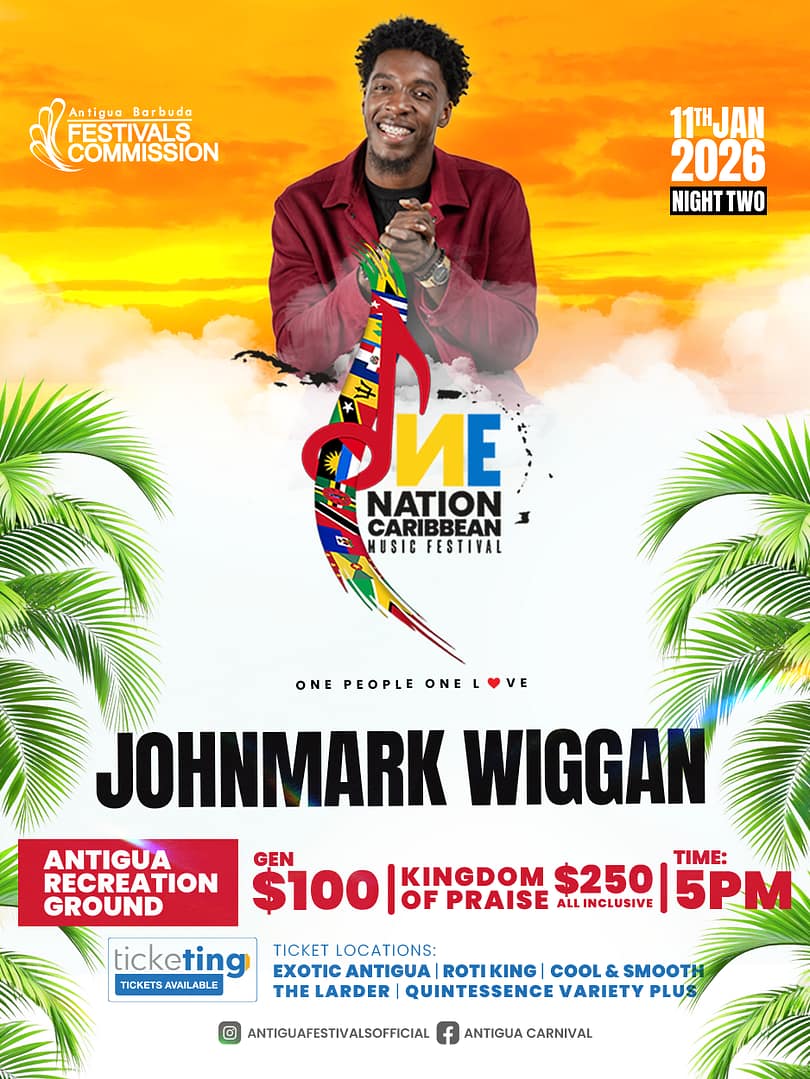
By: Angelica O’Donoghue
The Antigua and Barbuda Reparations Support Commission (ABRSC)
As Antigua and Barbuda celebrates forty-four years of political independence under the theme “Solid – Stable – Soaring,” we are reminded that the foundation of our nation’s resilience lies in the courage of those who dared to dream of freedom long before independence was imaginable. The theme declares a nation built on strength and endurance, solid in its foundation, stable in its growth, and soaring toward progress. Yet, who we are today is deeply rooted in truth-telling about where we have come from and the sacrifices made to get here.
This National Heroes Day, as wreaths are laid and tributes are made, the Antigua and Barbuda Reparations Support Commission (ABRSC) calls the nation to pause and reflect on the story of Prince Klaas, as he was known by English enslavers but known as King Court by his followers. His name has become synonymous with courage, resistance, and vision. Nearly three centuries ago, King Court rose up against the brutality of slavery and paid the ultimate price for freedom.
On October 20, 1736, King Court, an Akan man from present-day Ghana, was executed in St. John’s after being accused of leading one of the most elaborate and coordinated plans to overthrow white colonial rule and abolish slavery in Antigua. The conspiracy, hatched in 1735, brought together enslaved and free Africans from more than ten major plantations in a shared pursuit of liberation.

King Court, who had been brought to Antigua around 1701 and enslaved by Thomas Kerby, Speaker of the House of Assembly, was considered unusually trusted. He was allowed to “carry on a trade” and to move freely around St. John’s, an opportunity he used not for personal gain, but to mobilize and organize. His fellow conspirator, Tomboy, a carpenter enslaved by Thomas Hanson, also enjoyed a degree of autonomy. He trained apprentices, earned his own wages, and reportedly used his skills to help prepare for the uprising.
During an Akan ceremony held near St. John’s, King Court was crowned King of the Coromantee, symbolizing unity and leadership among the African community. This coronation, rich in cultural and political meaning was viewed as ‘slave merriment’ and ignored by colonial powers. However when word of the revolutionary plan which emerged from the ceremony reached Governor William Mathew, he acted swiftly. Klaas, Tomboy, and scores of others were, held, tortured, and forced into confessions. What followed was the most gruesome episode in Antiguan history.

Between October 1736 and March 1737, King Court and 87 men were executed in waves of English violence intended to crush the spirit of resistance. Some were burned alive, others broken on the wheel, gibbeted (hung in chains), or decapitated their heads displayed publicly as a warning.
Among those executed were men whose names deserve to be remembered:
Hercules, Fortune, Jack, Venture, Cudjoe, Quash, Gift, Cuffee, Colley, Ned, Secundi, Jacko, Scipio, John Guy, Billy, Oliver, Monday, Primus, Joe, Jacob, Quamina, Harry, Caesar, Prince, Vigo, Mulatto, and many others.
They represented every trade; carpenters, masons, coopers, fiddlers, drivers, and craftsmen, men whose knowledge built the very structures of colonial Antigua, yet whose humanity was denied. Their murders were not just acts of punishment but statements of power, designed to erase the memory of their defiance. Yet, centuries later, their names endure, a salient roll call of bravery.

King Court’s own execution was particularly brutal. He was broken on the wheel, burned, and his head mounted on a pole outside the St. John’s jail. But even as his body was destroyed, his spirit could not be. His vision of a free people sowed the seeds of resistance that would grow through generations, through rebellion, abolition, self-determination, and eventually, independence.
Today, a monument stands proudly on Independence Drive in his honour. Its bold design by Barry Davis, with the statue fashioned by Sir Reginald Samuel, creator of the national flag captures the enduring power of Klaas’s story.

King Court was formally named a National Hero of Antigua and Barbuda in 1998. His legacy extends beyond the history of rebellion; it is a story of vision, of leadership, and of the unyielding belief that people of African descent were born free. His life invites us to continue the journey toward full recognition, justice, and development, the pillars of the reparatory justice movement today.
As we celebrate National Heroes Day, may we honour King Court not only as a symbol of rebellion but as a reminder of the unfinished work of liberation. His sacrifice challenges us to confront the legacies of slavery, inequality, racism, and underdevelopment and to continue building a nation rooted in truth, dignity, and justice.
The Antigua and Barbuda Reparations Support Commission (ABRSC) remains steadfast in ensuring that the stories of King Court and his compatriots are not lost to time. We affirm our commitment to truth-telling, public education, and advocacy for reparatory justice, for the generations that came before us, and those yet to come.
For in remembering them, we remember ourselves.

Advertise with the mоѕt vіѕіtеd nеwѕ ѕіtе іn Antigua!
We offer fully customizable and flexible digital marketing packages.
Contact us at [email protected]


















A timeless reminder of the resilience of our ancestors. Prince Klaas will always be a symbol of pride.
Thank you Sir for your part played in our freedom from slavery
Yep, the English were well involved in barbaric torture, murder and mayhem during the days of slavery. Horrific!
I for one will be paying a pray-full and silent vigil on Independence day as a tribute to the bravery of Prince Klass and the 80-odd brave souls who were killed for wanting their freedom.
This is why I don’t understand why those in authority here just pay lip service instead of pushing harder for justice, reparations and holding the English to account for their past horrendous heinous misdemeanors.
If English slave owners were paid reparations (of which many of their ancestors are still benefiting to this very day), why shouldn’t Antiguans and Caribbeans at large receive compensation as well?
Makes sense to me …
The King who was betrayed for others blackies,shame to the culpeits and their descendants…no reparation money can bring him alive…the heaven is full the hipocrats and traitors.
Comments are closed.